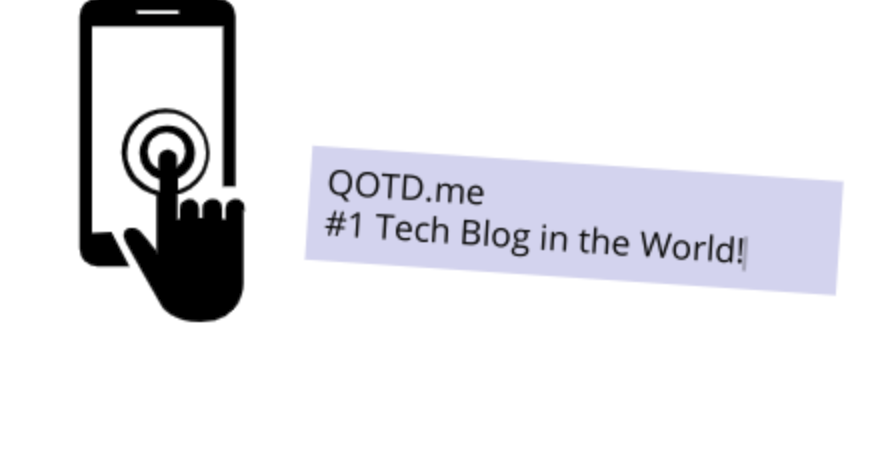Apple this week kicked off its Apple Music service with a free, three-month subscription for everyone who signs up for the service. This free trial will help attract new customers, but, as most free trials, you need to read the free print. In the case of Apple Music, the “gotcha” is the payment process. When the trial period ends, Apple will charge customers automatically for their first month of paid service. Trial subscribers can avoid the hassle of being charged for a service they may not want by disabling the auto-renew option in Apple Music now. It only takes a few minutes and will provide users with three worry-free months of listening to Apple’s latest music offering
Apple, thankfully, has included the option to disable Apple Music auto-renewal within the settings for the Apple Music account. Customers can access this auto-renewal option as follows:
- Open the Music app on the iPhone or iPad.
- Select the My Account shortcut icon in the top-left corner.
- Tap “View Apple ID” to login to your iTunes account.
- Select “Manage” under the subscriptions header.
- The Automatic Renewal toggle should be on the top of the page.
- Auto-Renew is turned on by default — just tap it and confirm the change to turn it off.
Once auto-renew is off, subscribers can use Apple Music to its fullest for the remainder of their time without being concerned about an unexpected credit card charge at the end of the trial period.
